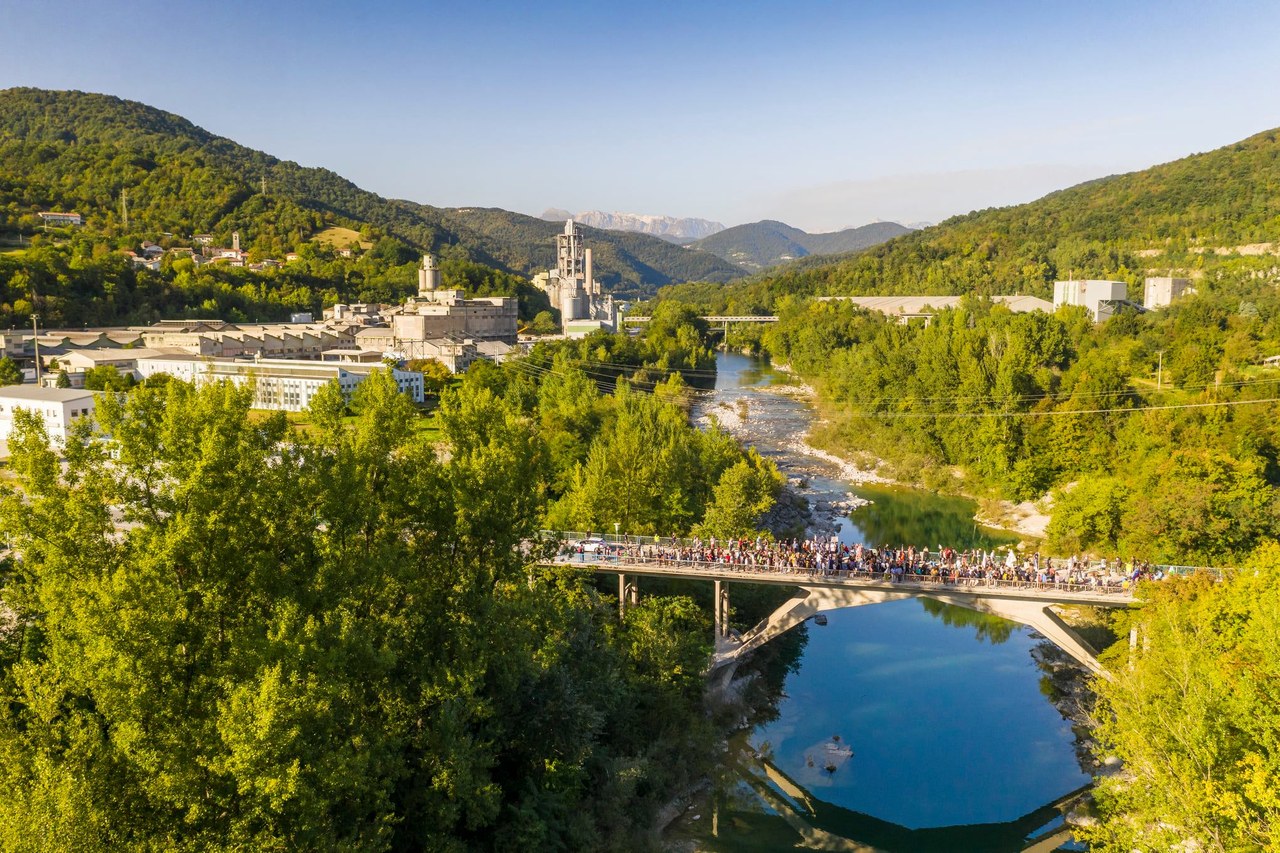News
Bad atmosphere in the Soča Valley

Kayaking, hiking, cycling: the Soča Valley at the gates of the Triglav National Park is known for being a paradise for active holidays. Less well known is that the Salonit Anhovo company produces 4,000 tonnes of cement there every day. For decades, the local population was exposed to dangerous asbestos fibres from the cement plant, at work and in the surrounding area. This led to an increased number of deaths and diseases such as asbestosis and lung cancer. In the 1990s, the plant stopped producing asbestos. Today, Salonit Anhovo burns mainly waste instead of coal for cement production – more than 100,000 tonnes per year, including materials that pose a health risk. Salonit Anhovo is the country’s largest waste incineration plant and plans to double this amount, to around 600 tonnes a day. Less stringent pollutant regulations apply to waste incineration in cement plants than to normal waste incineration plants. NGOs and the Slovenian Medical Association have therefore already sounded the alarm several times.
Criticism from UN Special Rapporteur
In autumn 2022, David Boyd, United Nations (UN) Special Rapporteur on Human Rights and the Environment, visited Slovenia and, among other places, the Soča Valley. Air pollution endangers health and the right to live in a healthy local environment, Boyd noted. “In this and other known hotspots of air pollution, the Slovenian Government must prioritise measures to improve air quality and refuse to authorise activities that would increase pollution,” he said. Co-incineration in cement plants should be subject to the same emission standards as waste incineration plants, according to Boyd, even though EU law does not require this.
Sources and further information:
www.ohchr.org/en/press-releases/2022/10/slovenia-more-ambitious-environmental-action-key-protect-human-rights-says (en, sl), https://acfslovenia.si/supported-projects/call-for-a-system-change/?lang=en (en, sl), www.ekoanhovo.org/ (sl), www.total-slovenia-news.com/business/5352-warnings-about-cement-factory-pollution-in-anhovo (en), https://n1info.si/novice/slovenija/anhovo-obiskal-posebni-porocevalec-zdruzenih-narodov-za-clovekove-pravice/ (sl), www.salonit.si/en/about-the-company/introduction/ (en, sl)



